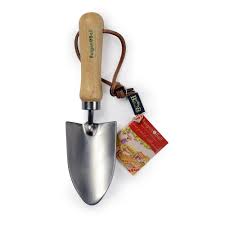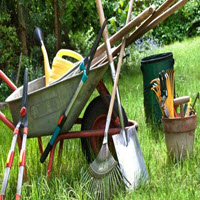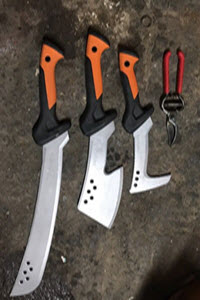The best garden tools in 2020 are those that are sufficiently strong to make cultivating to feel easy. We have discovered the most famous items utilizing client audits and online instructional exercises. Here are the best four garden tools in 2020.
Wheelbarrow
We have a choice of hard plastic work carts accessible. An honest dump cart is solid yet light enough to handily move when full. Likewise, why not attempt one among these water conveying sacks for work carts, they’re the simplest thanks to move water during a pushcart without spilling it.
Garden Trowel
Hand instruments like nursery trowels and hand forks are probably the foremost utilized planting apparatuses, therefore the best trowel should have an enjoyable handle with a well fitted leading edge that won’t come free after time. This transplanting trowel from Burgon and Ball has an enjoyable debris timber handle with a hardened steel edge with planting profundities carved into the face.

Garden Knife
A little blade is usually required within the nursery for cutting string, sticks and blossoms, cutting foods grown from the bottom plants and various different employments. It’s an honest propensity to convey one in your pocket or nursery trug. Opinel blades have an exceptionally sharp leading edge that folds into the wooden handle. These blades were positioned within the best 100 best items on the earth by the Victoria and Albert Museum. Opinel No8 Folding Pocket Knife
Leaf Blower
The reason for leaf blowers is to evacuate trash, dead leaves, and different random material ranging from the earliest stage push it to the sides of the zone. A leaf blower utilizes the intensity of air, which is run the foremost part by a gas-controlled motor, to drive the flotsam and jetsam away. That’s the thing that creates them so boisterous. They’re anything but difficult to maneuver and light-weight. They’re mainstream for being anything but difficult to support and for the nonappearance of strings which may restrain the use and flexibility.



